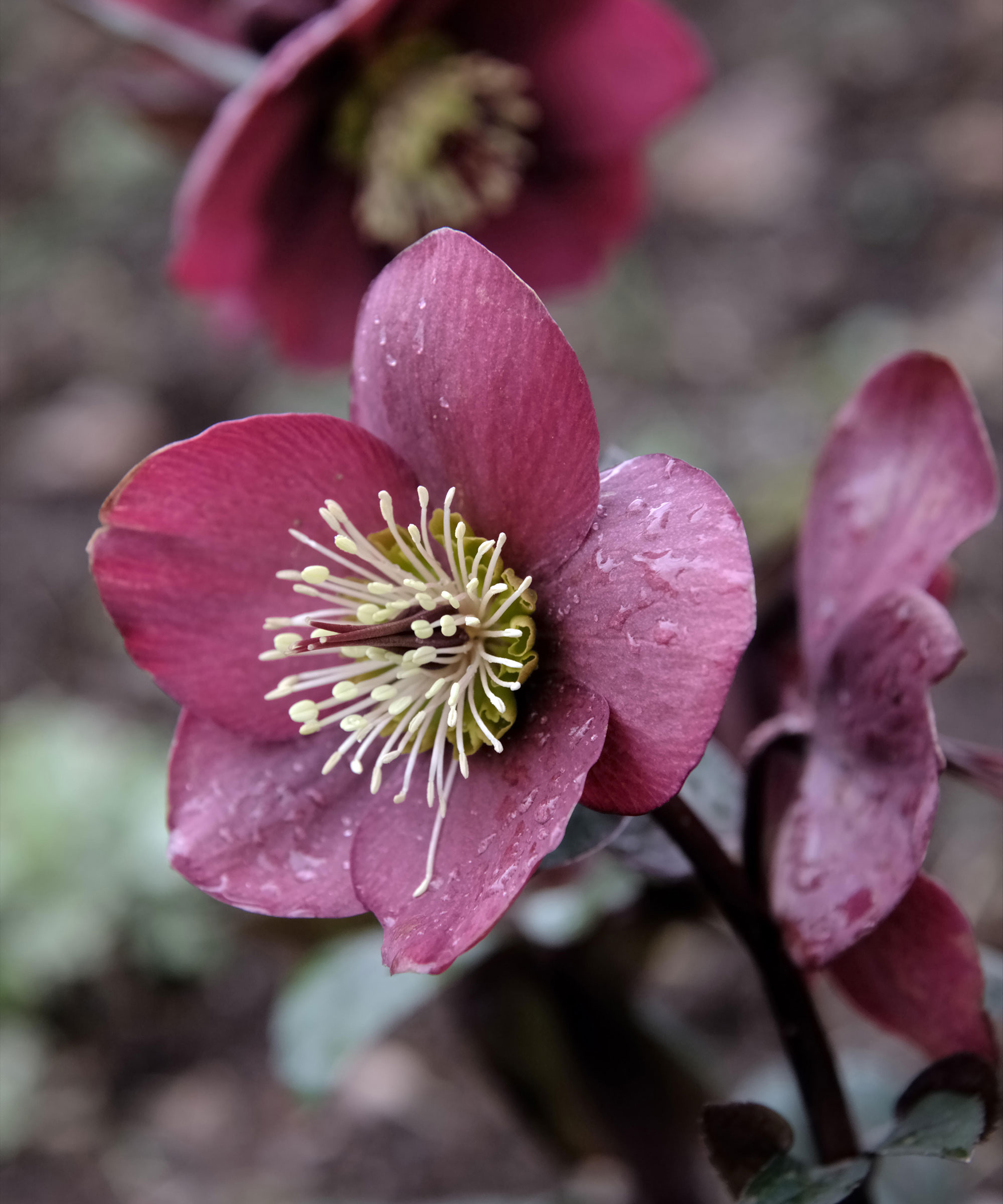
There is something special about those first flowers of spring. Small moments of beauty and calm before the rush and chaos of the growing season. When working as a professional gardener, the site of crocus flowers was enough to lift the spirits - their dew-soaked flowers a reminder that the seasons are soon to change.
Crocus blooms and many flowering plants add more than just beauty to backyard, however, they are also vital lifelines for early-to-rise spring pollinators. Choosing nectar-rich plants for your plot can make all the difference during this challenging, and lean, time.
From pretty-in-pink hellebores to an unusual native barberry from California, we have put together a list of five of the best plants for early spring pollinators. So, whether you are filling flower beds or adding pots to the patio, these spring flowering plants will not only bring color, charm and life to your garden.
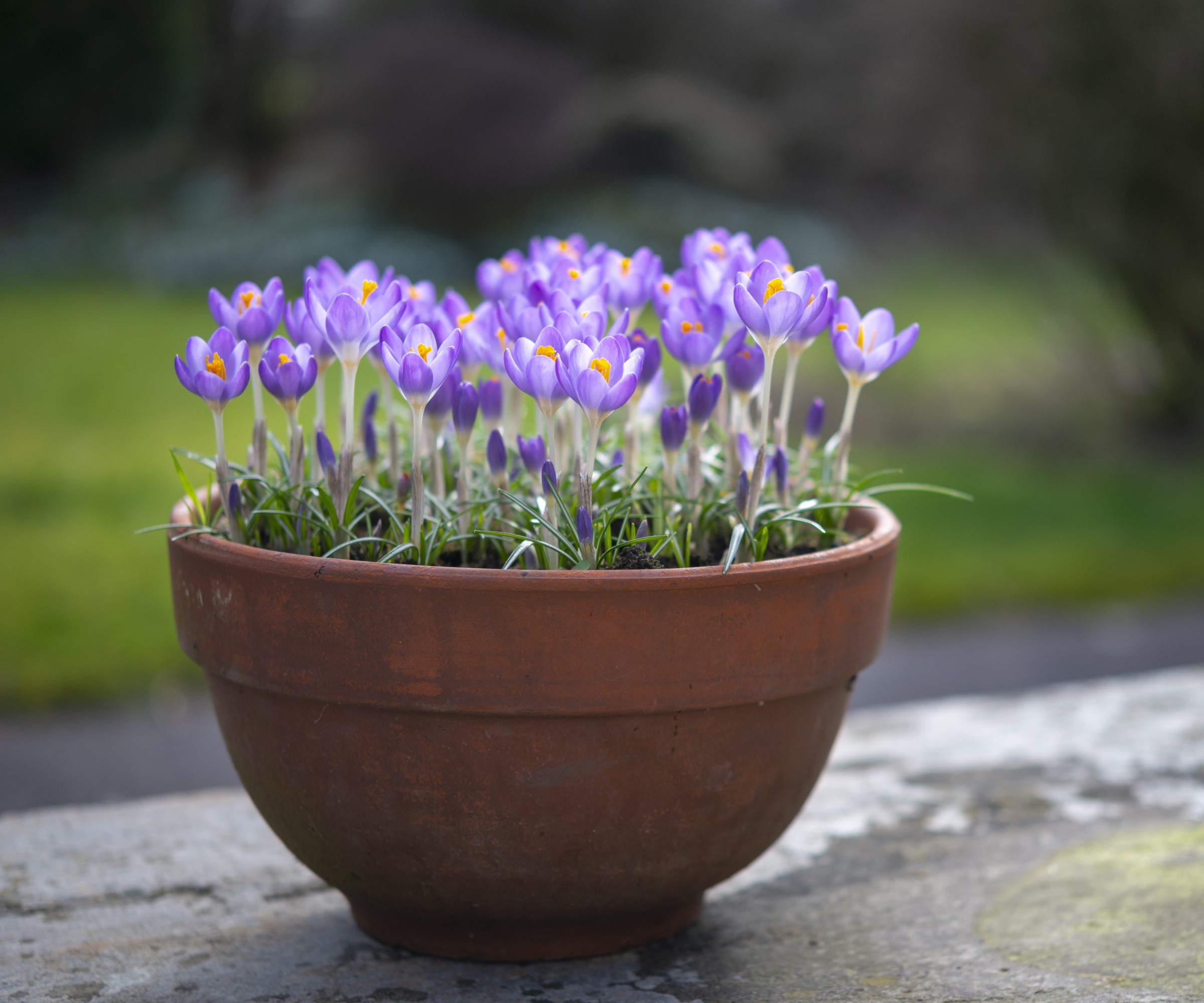
Best plants for early spring pollinators
Waking up early in spring can be both a blessing and a curse for pollinators. While there is certainly less competition from other insects, there are fewer plants for pollinators during this time.
As gardeners, we can give bees a helping hand by ensuring that we have a selection of early-flowering plants. Here are five of our favorites, as recommended by plant experts from across North America.
1. Hellebores
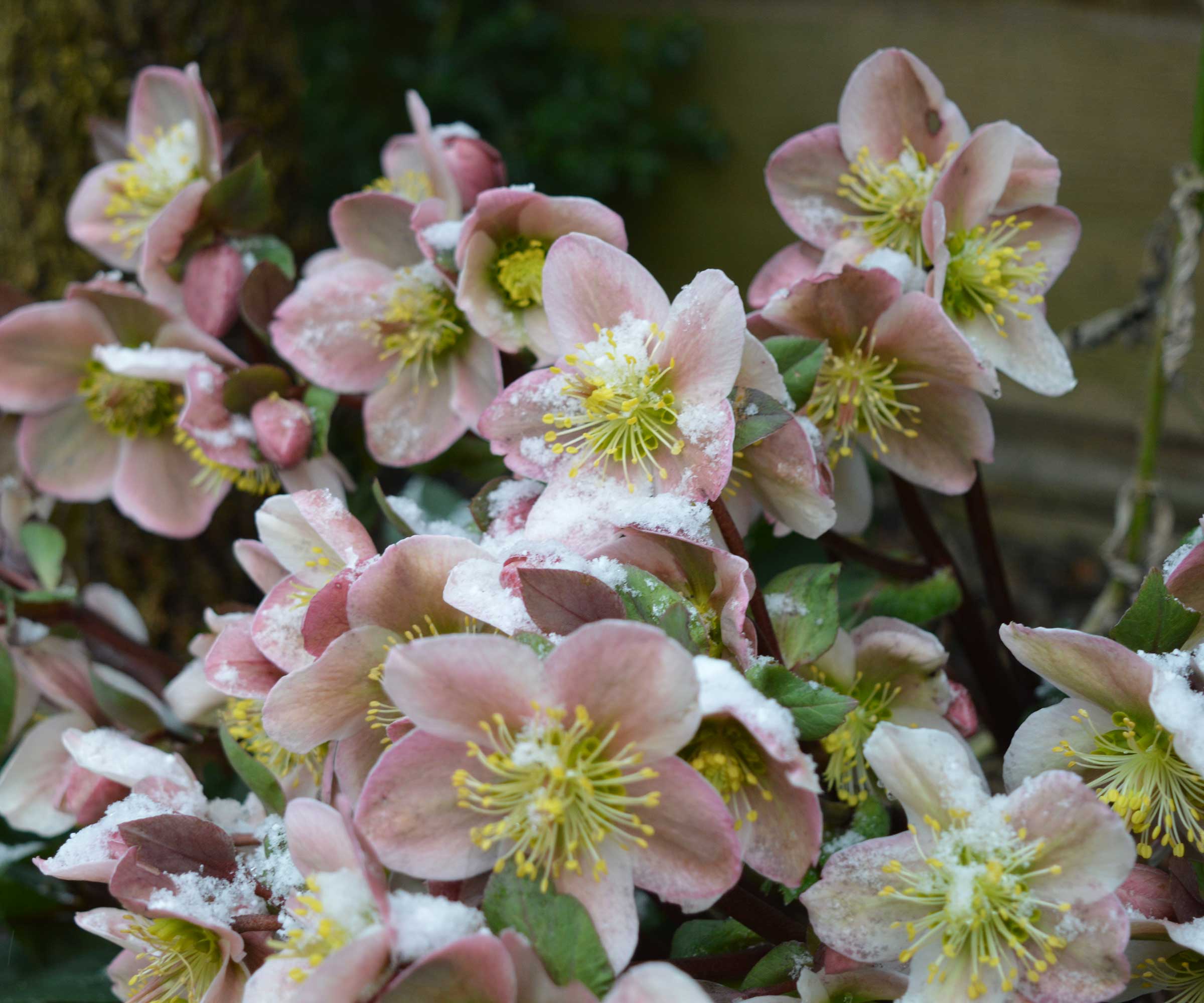
One of the finest plants for early spring pollinators, hellebores can provide color and nectar for insects from December through to March. Hellebores are part-shade perennials, thriving in woodland beds with dappled light. While they can handle full shade, a little sunshine during winter can help them on their way.
There are many different hardy varieties, such as the well-known Lenten rose, or Helleborus orientalis, which can be grown down to US hardiness zone 4 with a preference for moist but well-drained soil. For an elegant, speckled variety, try growing ‘White Spotted Lady’, which has pale petals with a rich crimson fleck. Live hellebore plants are available from Walmart.
In terms of when to prune hellebores, the trick is finding just the right time before the flower buds emerge. 'At Juniper Level Botanic Garden, we typically begin pruning the old foliage of hellebores in January and February just at the moment the flower buds begin showing color,' says Doug Ruhren, garden expert and curator at Juniper Level Botanic Garden near Raleigh, North Carolina.
'The flowers of hellebores are long-lasting and can remain attractive into late spring,' Doug adds. 'As the flowers age, they will typically change color, from white, pink or red to green or mauve. When the flowers begin to become unattractive, the whole flowering stalk can be removed at ground level.'
2. Crocus
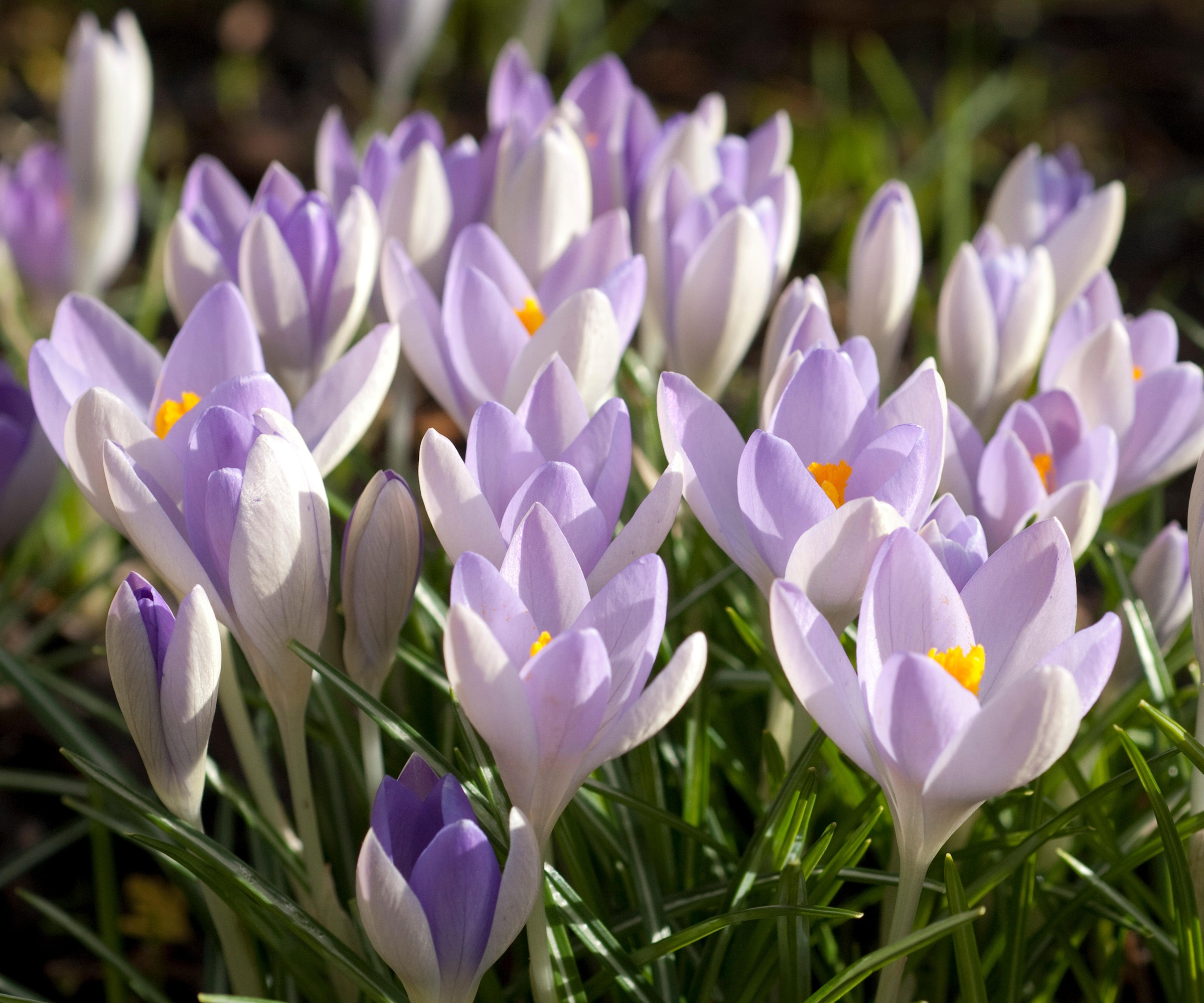
One of the first flowers to emerge in winter and early spring, crocuses provide an essential nectar source for early pollinators. Planting crocus bulbs tends to happen in the fall months, but you can usually buy live plants with shooting bulbs from garden stores and nurseries.
There are hundreds of different crocus options to choose from, although one of my favorites is Crocus tommasinianus, an early spring flowering option with lilac blooms. Hardy down to zone 3, plant this species in full sun for an impressive spring garden display. Crocus tommasinianus bulbs are available to order from Walmart.
Once established, crocuses require little maintenance and will naturalize over time, creating colorful drifts that look spectacular when seen en masse as part of a bulb lawn.
For a winter-flowering option, try growing Crocus sativus, otherwise known as the saffron crocus, with bulbs available from Amazon. And, given the high price, learning how to grow saffron might be the best investment you make this year. Growing best from zone 6 to zone 8, saffron flowers are a nice and unusual touch to garden borders during November, December and January.
These long-sleeved gloves are tough yet flexible, keeping your hands and arms safe and warm during spring in the garden.
One of the earliest flowers to bloom, hellebores will illuminate garden beds from December through until March.
With a long, sharp blade, this hori hori knife can be used to plant smaller plug plants and spring bulbs in garden borders.
3. Cowslips
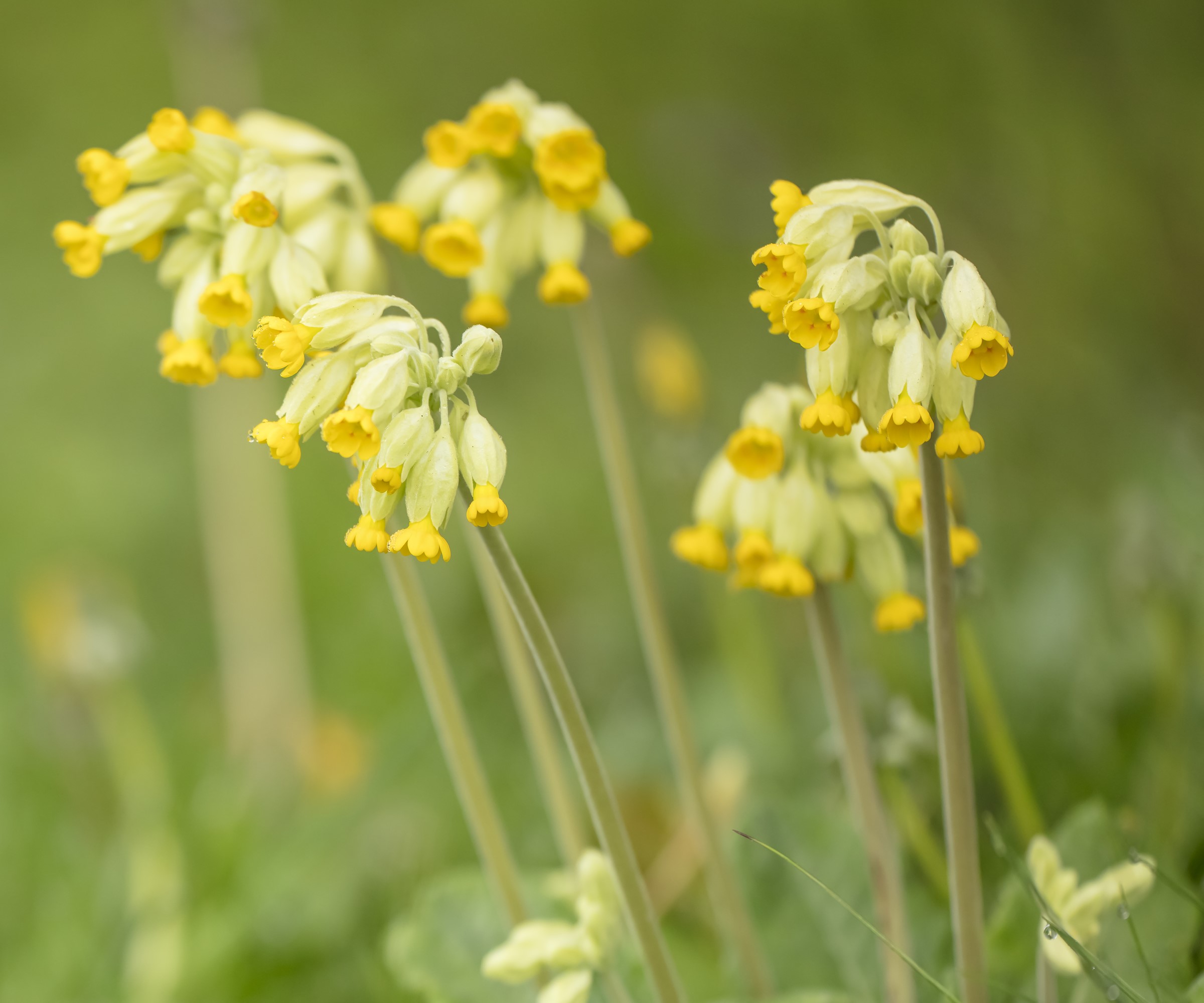
If you are keen to add a wild gardening touch to your yard, cowslips are perfect plants for early spring pollinators. These wildflowers are native to Europe, and can often be seen growing on grass banks and underneath trees during the early months of the year.
Growing best from zone 4, cowslips, or Primula veris, prefer moist, well-draining soil in partial shade but can tolerate sun in northerly regions. They have semi-evergreen rosettes that work well when planted under shrubs and trees, and from late winter, tube-shaped yellow blooms emerge.
Cowslip seeds, available to order from Amazon, can be sown in fall directly to part-sun-part-shade beds. Alternatively, add this job to your spring gardening checklist and sow in seed trays under cover from March for blooms the following year.
4. Nevin's barberry
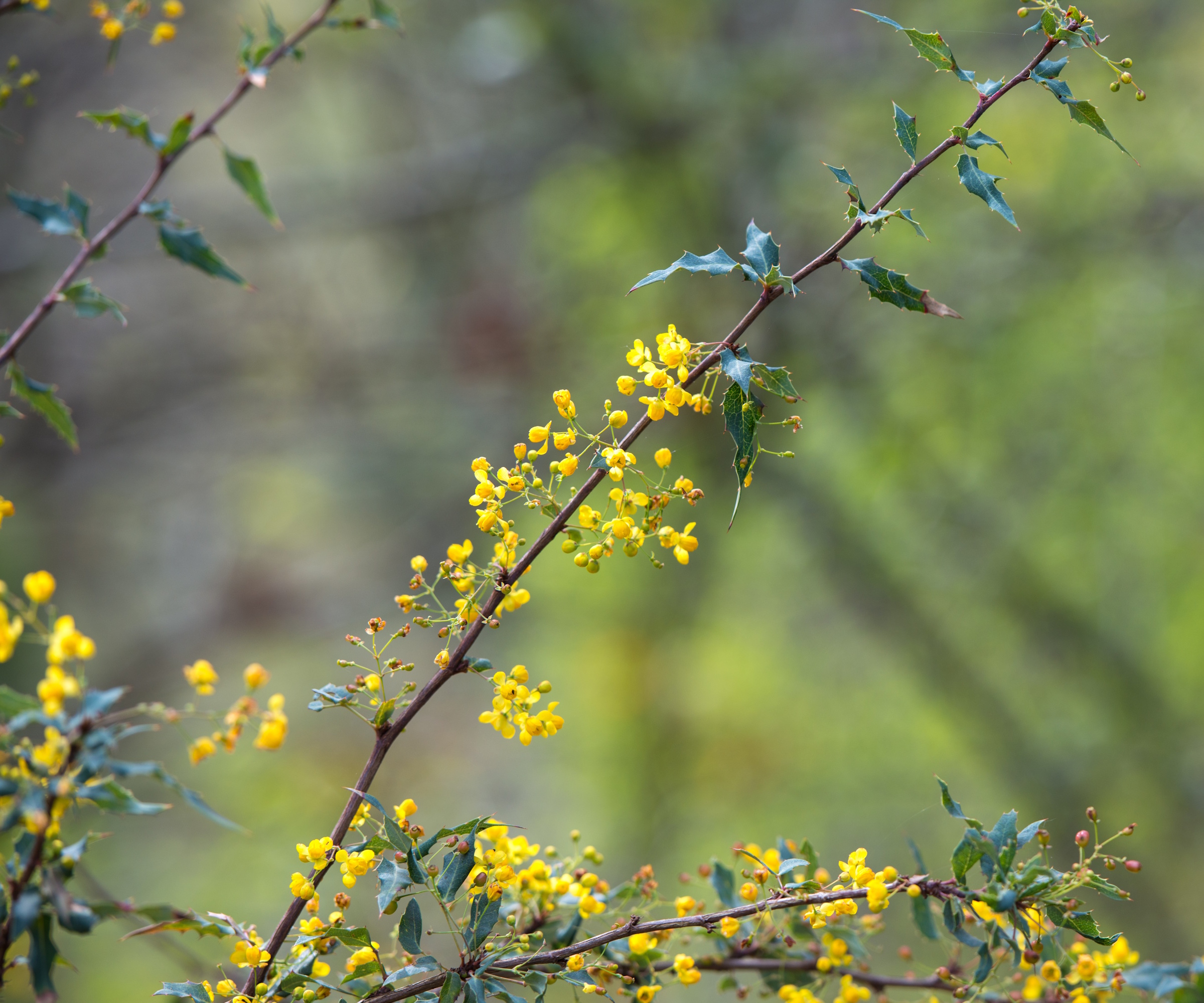
'Nevin's barberry, or Berberis nevinii is a rare species that is endemic to Southern California,' says Terry Huang, plant expert and Director of Living Collections at South Coast Botanic Garden in the Los Angeles area.
'Hardy down to zone 5, this rare native evergreen shrub is often considered endangered due to its small, isolated populations,' Terry says. 'This barberry is typically covered in a profusion of yellow flowers in early spring followed by an abundance of orange-red berries.
'Its bluish narrow leaves provide interest year-round when not in flower or fruit,' Terry says. 'While hard to come by, specialist nurseries will stock this adaptable species. And, altough it is a tough shrub, it doesn't mind supplemental water in summer.'
5. Wild geranium
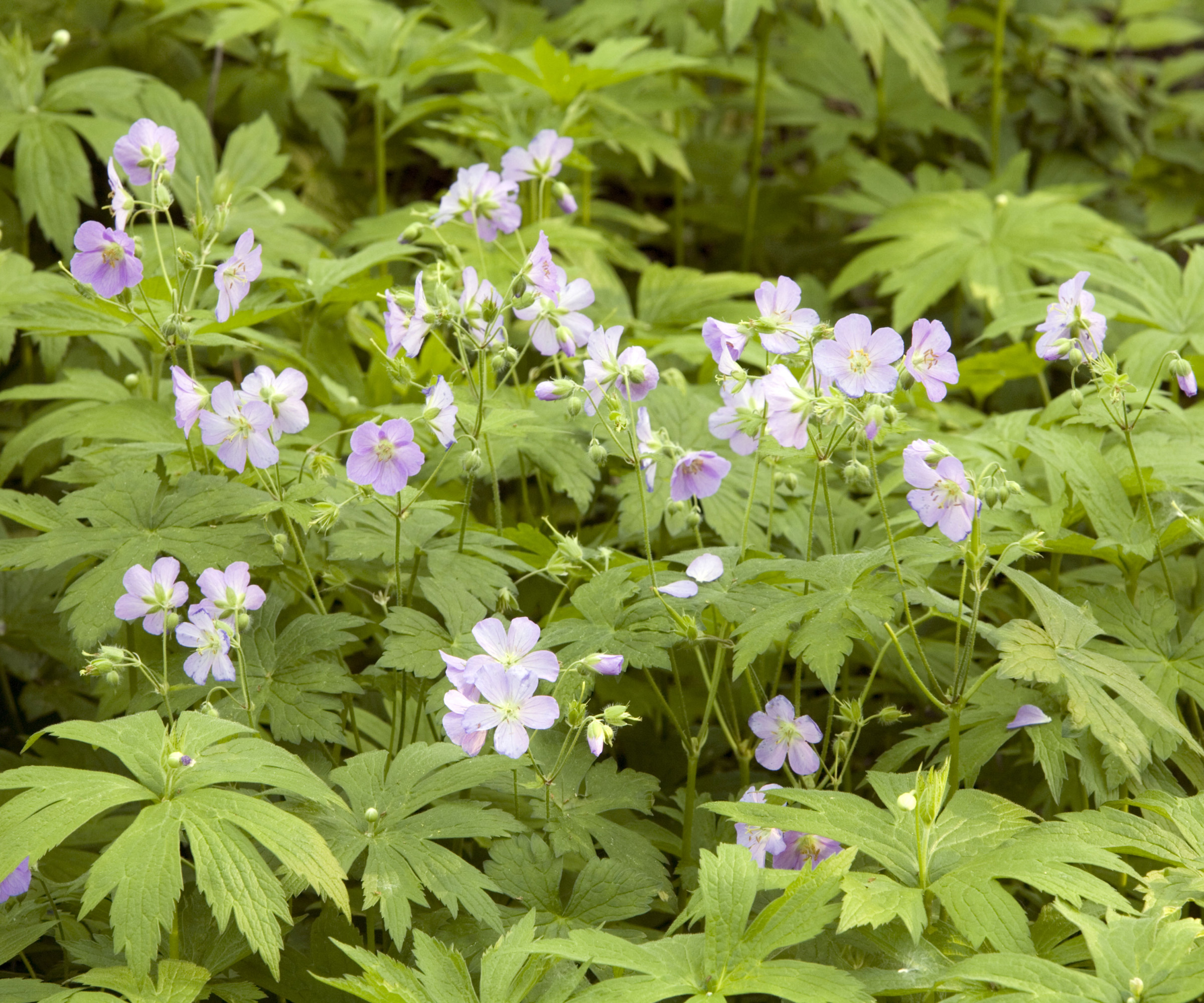
'When thinking about pollinators, it is best to keep it native,' says Bert Bast, garden expert and owner of Bast Brothers Garden Center based in New Jersey. 'For early season pollen, there can be no better than our wild geranium, Geranium maculatum, which produces white-pink blooms from March.
'Hardy down to zone 4, this tough species grows fine here in the North East and won't mind frost and snow during winter,' Bert says. 'Once established, no supplemental water or feed is required, and the good news is wild geraniums tend to spread, so plant them somewhere with space to grow.'
Wild gardening seeds are available from Amazon.
FAQs
What can I grow in pots for early spring pollinators?
There are lots of container plants for pollinators, although bulbs are perhaps the most failsafe option. Try planting crocus, daffodils or snowdrops in antique terracotta pots for a smart spring pot display. If you are using smaller pots, it is a good idea to group them for impact. Hellebores can also be grown in containers, although only for a limited time. After two years, they should be planted into borders where they can grow more freely.
Fragrance is also an important consideration for any spring garden. Adding some of the best fragrant bulbs to your borders, such as hyacinths, daffodils and tulips will not only prove popular with pollinators but will also add a sensory element to your space. For the best results, plant drifts of fragrant bulbs near pathways or seating areas.







